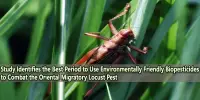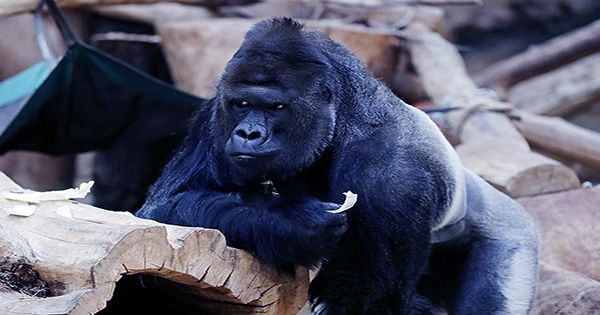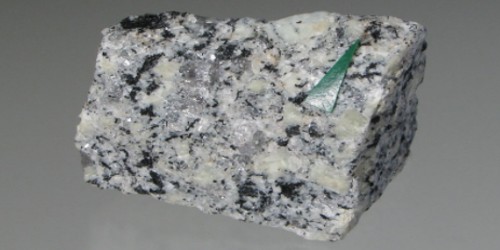Plant phenotyping is the in-depth examination of a plant’s distinctive “visible” or phenotypic characteristics in crop breeding. It is the process of measuring and analyzing various plant traits or characteristics, such as growth rate, shape, size, architecture, and response to environmental stimuli. It entails recording the quantity of plants produced by a crossing experiment and rating the traits exhibited by the progeny.
Phenotyping can be done using a range of techniques, including imaging, spectroscopy, and sensor-based methods. The subsequent generation of crops is created by crossing the offspring with the desired qualities, and the procedure is repeated to improve the crop variety.
Plant phenotyping techniques that are currently used are often labor-intensive, inaccurate, and unscalable. A certain bottleneck is imposed on crop-breeding efforts as a result.
However, new approaches are gradually taking the lead as a result of technological developments and the pressing need for global food security to support a growing population. These include image-based methods that take pictures, use machine learning tools to extract features, and compare the results with databases on hand to complete phenotyping tasks faster and more accurately.
The majority of machine learning techniques used today use labeled datasets and supervised learning, which can be expensive and time-consuming. A machine learning technique called self-supervised learning (SSL) lessens the need for labeled data. There haven’t been many SSL applications in image-based plant phenotyping jobs despite the growth in SSL research.
SSL can potentially be used to learn a richer representation of plant phenotypes by aligning it with genotype and environment data in a joint embedding space. We hope that this benchmark or evaluation study will guide practitioners in developing better SSL methods for image-based plant phenotyping.
Associate Professor Ian Stavness
In a new study, a research team led by Associate Professor Ian Stavness from University of Saskatchewan, Canada, has benchmarked the performance of 2 SSL methods for improved plant phenotyping. According to a study published in Plant Phenomics, the self-supervised approach may be more sensitive to pretraining dataset redundancy than the supervised ones.
Associate Prof. Stavness explains, “These results highlight the importance of paying attention to dataset redundancy when training models for plant phenotyping tasks, especially when using SSL methods.”
This study used wheat as a model crop to compare the conventional supervised (pre-training) methods to two SSL methods momentum contrast (MoCo) v2 and dense contrastive learning (DenseCL). Four phenotyping tasks wheat head detection, plant instance detection, wheat spikelet counting, and leaf counting were applied to all learning strategies.
For all tasks except leaf counting, the team discovered that supervised pre-training yielded the best-performing models.
Unlike the supervised technique, the contrastive SSL methods largely rely on big labeled and annotated databases to carry out phenotyping tasks. The algorithm is taught to increase the strength of positive samples and train the algorithm to recognize more of those samples by drawing positive samples closer together and pushing negative ones apart.
While MoCo v2 functions on optimizing global image-level features of the sample, DenseCL focuses on local pixel-level features. In the context of internal representations of training the models for the necessary tasks, both approaches demonstrated equivalent performance.
It is basically necessary to have a specialized but diverse dataset for the pre-training algorithms to function successfully. Self-supervised algorithms, on the other hand, perform better in terms of accuracy and sensitivity when dealing with redundancy in large datasets.
The authors want to expand their research into crop-breeding trials because they would involve more fine-grained information and help them in training the algorithms for practical applications and large-scale commercialization. This is because the conclusions of the study are largely based on empirical observations with few theoretical justifications.
Associate Prof. Stavness concludes by saying, “SSL can potentially be used to learn a richer representation of plant phenotypes by aligning it with genotype and environment data in a joint embedding space. We hope that this benchmark or evaluation study will guide practitioners in developing better SSL methods for image-based plant phenotyping.”
















